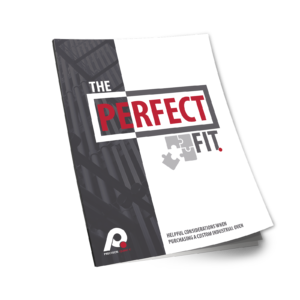INDUSTRIAL CURING OVENS
Manufacturing industrial ovens that result in the “perfect cure”
Our curing oven gives THE “PERFECT CURE”
An industrial batch oven by Precision Quincy delivers the “perfect cure” for many different industries. The key to the “perfect cure” in industrial curing ovens is temperature uniformity – not only a consistent temperature at different spots in an empty heat chamber, but also consistency in the rate at which the temperature rises during the commercial oven’s heat-up phase.
INDUSTRIAL OVEN TEMPERATURE UNIFORMITY
Temperature uniformity is the measurement of temperature variations from a given setpoint. Most industrial curing ovens manufactured by Precision Quincy have temperature tolerances within ± 10⁰F. This simply means that the temperatures at different points in the curing oven (usually measured by means of thermocouples throughout the oven) are all within a 10⁰F band around the specific setpoint. Temperature uniformity is critical during the curing process. For example, if you are curing a batch of parts, you want to ensure that each part in the batch cures in the same way as every other part in the batch. The lack of temperature uniformity during the curing process can result in parts inconsistent curing or cure quality, with dimensional distortion, warpage, and shape distortion.
CONSISTENT TEMPERATURE DURING system HEAT-UP (OR RAMP-UP) PHASE
Industrial oven temperature uniformity during the heat-up (or ramp-up) phase is also important when giving effect to the “perfect cure.” When you load product into an industrial oven, hot air should blow into the heat chamber in a uniform way, as air at a lower temperature is taken out. If the parts in the curing oven do not heat-up uniformly during the curing process, it can result in warped parts. To ensure good uniformity during the heat-up phase of the curing process, the engineers at Precision Quincy consider the following:
- Our industrial curing ovens are designed using 3D software that ensures a “perfect fit” when the oven is assembled. This perfect fit leads to a better cure because air leaks are minimized, and the pressure in the industrial oven can be controlled more effectively.
- We use high quality oven insulation and design curing oven walls with the proper thickness, and depending on the ion, require insulated floors to ensure that air blown into the oven heats up and is distributed in a uniform way.
- Our industrial curing ovens are designed with better airflow and more air changes because you can give effect to a better cure if the air in the oven heats up faster. We also design our industrial curing ovens so that the heat source is placed in between the fresh air introduced to the heat chamber and the circulation fans. To learn more about oven airflow patterns see our Oven Basics page.
UNDERSTANDING the process and applications RESULTS IN A BETTER CURE
In order to deliver a well-performing industrial curing oven, we spend time with customers to understand the process of how their product is going to be loaded into the batch oven. If air introduced into the industrial oven is restricted by the batch of product, the air may be blocked and led back into the return ducts. As an example, we have seen other oven manufacturers place shelves or carts in the path of the airflow, which restricts the air from flowing to the top of the oven, thus having an effect on temperature uniformity and the curing process. It is important to understand how to use each industrial curing oven, and taking each application individually and thinking about it, and working with the customer so that they understand how different products loaded into the industrial curing oven, plus shelving and cart configuration, may have an effect on the cure.
VERIFICATION USING THERMOCOUPLE
Giving effect to a “perfect cure” also requires verification using thermocouples. Precision Quincy tests our industrial ovens using thermocouples to ensure that there is temperature uniformity at a setpoint, but also during the heat-up (or ramp-up) phase. Like other manufacturers of curing ovens, we conduct uniformity surveys using thermocouples to make sure that the temperature tolerances in the industrial oven are within ± 10⁰F. However, unlike our competitors, we go farther and also test the product that is introduced to the industrial curing oven to verify that the temperature of the product heats up and remains heated in a uniform manner. If you are just testing the air, and not the product, it can lead to a bad cure. Testing the temperature is especially important when curing composites where the internal conductivity of the part (or parts within a batch) may be low. We want to make sure that the temperature tested at different places in the batch rise together so that there is no warping or inconsistent product curing.
Precision Quincy also designs and manufactures post curing ovens.
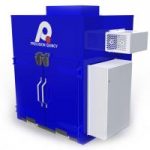
40 Series low temp cabinet ovens

43 Series low temp cabinet ovens
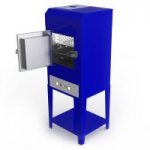
49 series Laboratory ovens
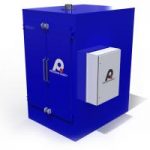
54 series walk in ovens
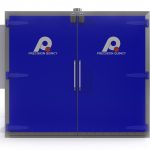
ec series walk in ovens
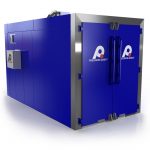
hd4b series industrial ovens
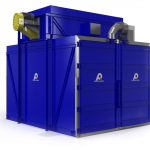
hd4t series industrial ovens
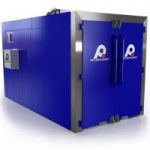
hd5b series Industrial ovens
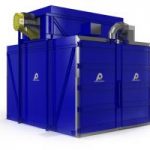
hd5t series industrial ovens
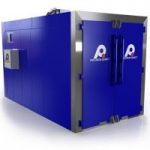
hd6b series industrial ovens
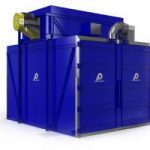
hd6t series industrial ovens
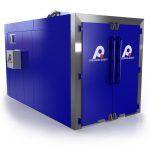
hd7b series industrial ovens
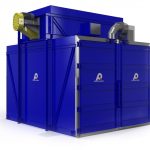
hd7t series industrial ovens
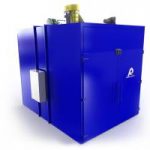
powder coating ovens - pco series
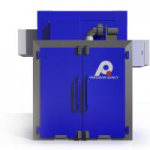
tr series walk in truck ovens
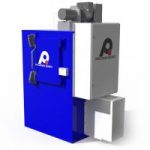
x2 series hi temp cabinet ovens
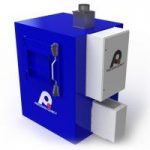
x2ht series hi temp cabinet ovens
Contact our sales and engineering professionals to clarify your requirements, get your questions answered, and learn about our oven solutions! Just send us a message or call 302-602-8738.


